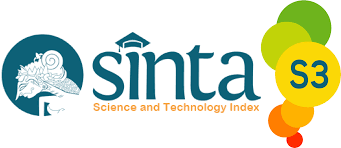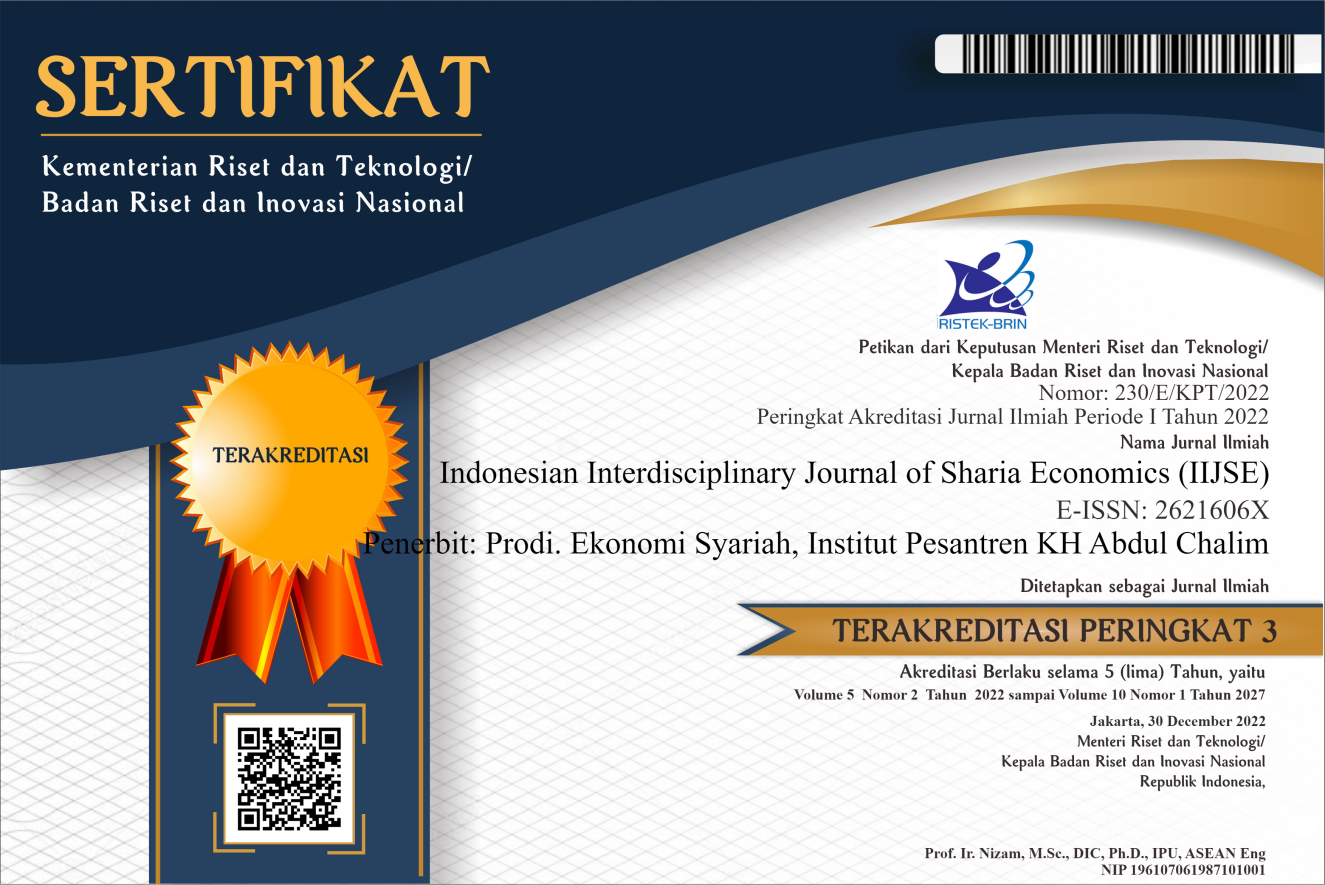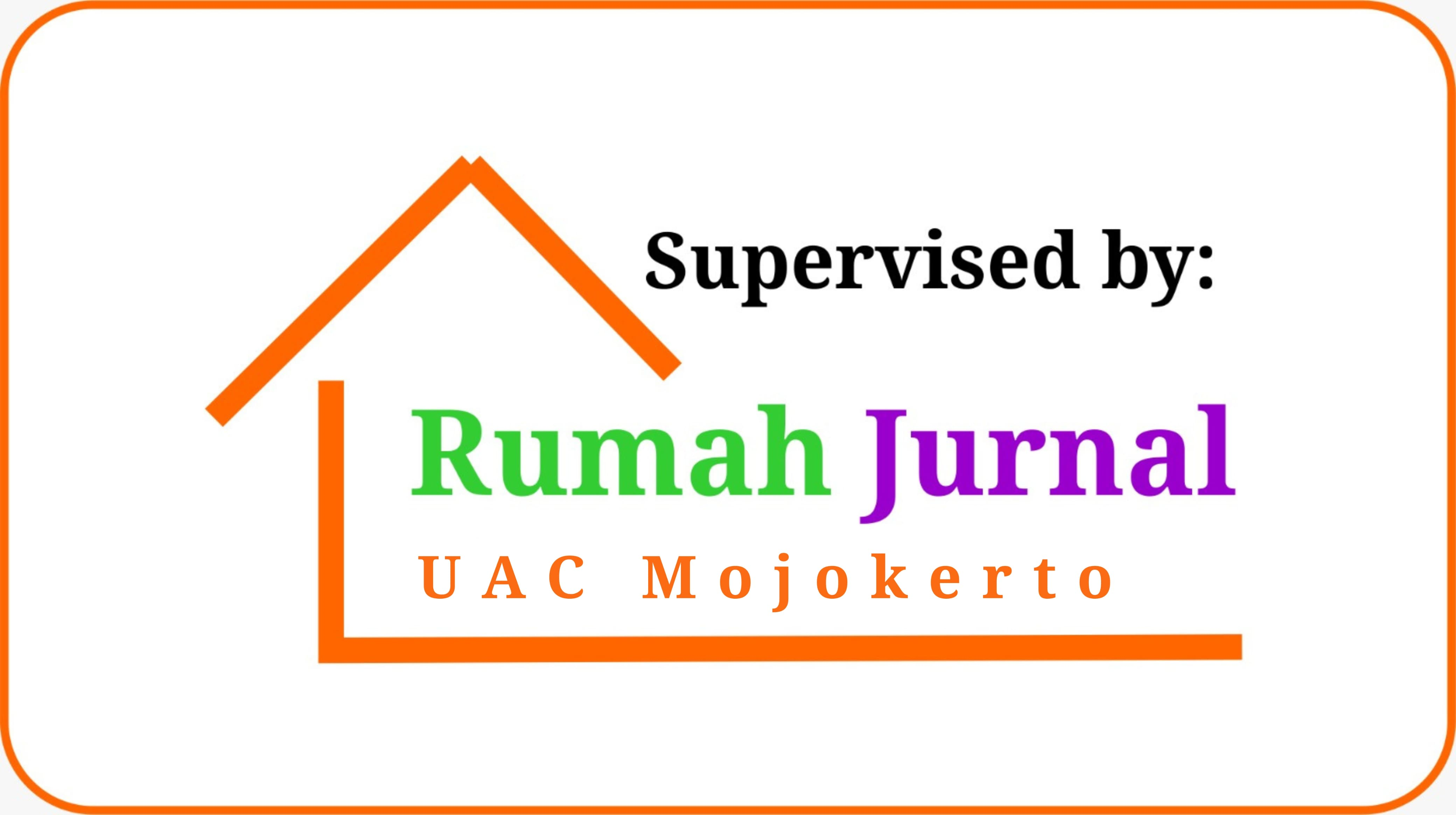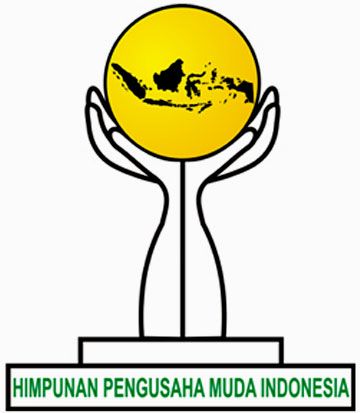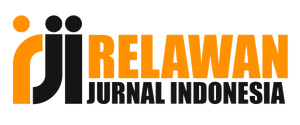Analysis of Success Factors for One Single ERP (Enterprise Resource Planning) Implementation (Case Study of Soe Holding)
Abstract
This research examines the implementation of One Single ERP system in SOE Holding, which previously faced challenges in consolidating data from three State-Owned Enterprises (SOEs) with different ERP systems. This research uses the ADKAR framework (Awareness, Desire, Knowledge, Ability, Reinforcement) to manage organizational change, overcome cultural and business process differences, and minimize resistance. The result of this research is that Employee Readiness requires a large allocation of effort to improve employee readiness through training, mentoring, and reinforcement. Top Management Support is also important to ensure strategic support and policies are aligned with transformation goals. Not all factors have an equal influence on successful implementation. With limited resources, Holding needs to prioritize the most influential factors, such as Employee Readiness and Top Management Support, so that efforts can be focused effectively and increase the chances of success. This approach accelerates the ERP implementation process while minimizing risks so that digital transformation goals can be achieved more quickly and efficiently.
Downloads
References
Afif, M. R., & Khomsiyah, K. (2024). Analisis faktor kesuksesan penerapan erp di bumn industri konstruksi(Studi kasus di pt wijaya karya (persero) tbk). . Syntax Literate ; Jurnal Ilmiah Indonesia, 9(9), 4745–4758. https://doi.org/https://doi.org/10.36418/syntax-literate.v9i9.16337
Ahmad, R. M. T. R. L., Othman, Z., & Mukhtar, M. (2013). Integrating CSF and change management for implementing campus ERP system. International Journal of Information Systems and Change Management, 6(3), 189. https://doi.org/https://doi.org/10.1504/IJISCM.2013.058323
Basu, R., Upadhyay, P., & Dan, P. K. (2011). Factors influencing ERP implementation in Indian SMEs: An empirical analysis. Management Science Letters, 1(2), 89–98. https://doi.org/https://doi.org/10.5267/j.msl.2011.01.003
Bawa, S. S. (2024). Enhancing usability and user experience in Enterprise Resource Planning implementations. Enhancing Usability and User Experience in Enterprise Resource Planning Implementations, 9(2). https://doi.org/https://doi.org/10.5281/zenodo.10653054
Devi, S. P., & Aryani, Y. A. (2024). ERP implementation and earnings management: The moderating effect of an independent board of commissioners. Jurnal Ekonomi Dan Bisnis, 27(1), 163–182.
Errida, A., & Lotfi, B. (2021). The determinants of organizational change management success: Literature review and case study.International Journal of Engineering Business Management, 13.
Febrianto, T., & Soediantono, D. (2022). Enterprise Resource Planning (Erp) and implementation suggestion to the defense industry: A literature review. Journal of Industrial Engineering & Management Research, 3(3), 1–16.
Gargeya, V. B., & Brady, C. (2005). Success and failure factors of adopting SAP in ERP system implementation. Business Process Management Journal, 11(5), 501–516.
Godbole, M. V. (2023). Revolutionizing Enterprise Resource Planning (Erp) systems through artificial intelligence. International Numeric Journal of Machine Learning and Robots, 7(7), 1–15. https://doi.org/https://injmr.com/index.php/fewfewf/article/view/31
Guntara, R. G., Nugraha, M. R., & Ridlo, M. D. A. (2023). Web-based counseling skills evaluation information system using design science research methodology (Dsrm) approach. International Journal of Advances in Data and Information Systems, 4(2), 116–124. https://doi.org/https://doi.org/10.25008/ijadis.v4i2.1288
Jayeola, O., Sidek, S., Sanyal, S., Hasan, Md. M., Singh, A. P., & Hasan, S. I. (2022). The nexus between top management support on change management, cloud erp implementation, and performance of smes. Academic Journal of Interdisciplinary Studies, 11(3), 293. https://doi.org/https://doi.org/10.36941/ajis-2022-0084
Mabert, V. A., Soni, A., & Venkataramanan, M. A. (2003). Enterprise Resource Planning: Managing the implementation process. European Journal of Operational Research, 146(2), 306–314. https://doi.org/https://doi.org/10.1016/S0377-2217(02)00551-9
Metaxiotis, K., Zafeiropoulos, I., Nikolinakou, K., & Psarras, J. (2005). Goal directed project management methodology for the support of ERP implementation and optimal adaptation procedure. . Information Management & Computer Security, 13(1), 55–71. https://doi.org/https://doi.org/10.1108/09685220510582674
Naslund, D. (2003). The importance of culture and change management in planning for an erp implementation. . Supply Chain Forum: An International Journal, 5(1), 24–36. https://doi.org/https://doi.org/10.1080/16258312.2004.11517124
Novitasari, R. D., & Rahmawati, I. D. (2022). Implementation of Enterprise Resource Planning (Erp) system planning in small and medium industries in improving the quality of financial reports. Indonesian Journal of Innovation Studies. https://doi.org/10.21070/ijins.v20i.721-10.21070/ijins.v20i.721
Putra, D. G., Rahayu, R., & Putri, A. (2021). The influence of Enterprise Resource Planning (Erp) implementation system on company performance mediated by organizational capabilities. Journal of Accounting and Investment, 22(2), 221–241. https://doi.org/https://doi.org/10.18196/jai.v22i2.10196
Rajendran, R., Kalaiarasi, V., & Amaravathi, M. (2015). Determinants of erp implementation and system success in india: A case study. . Journal of Cases on Information Technology, 17(2), 32–52. https://doi.org/https://doi.org/10.4018/JCIT.2015040103
Ranjan, S., Jha, V. K., & Pal, P. (2018). Critical success factors in ERP implementation in Indian manufacturing enterprises: An exploratory analysis. International Journal of Business Information Systems, 28(4), 404. https://doi.org/https://doi.org/10.1504/IJBIS.2018.093655
Santana, S., Muttaqin, I. K., Vrij, L. A. C., Asivadibrata, A., Kamaludin, N. F., Aulia, A. G., & Maesaroh, S. S. (2023). Analisis implementasi manajemen risiko pada umkm tasikmalaya(Studi kasus umkm mie baso sarirasa 81). Jurnal Bina Manajemen, 11(2), 60–75. https://doi.org/https://doi.org/10.52859/jbm.v11i2.309
Setiawan, D., Fahrezha, M., Prakoso, N. A. B., & Qurtubi, Q. (2024). A proposed framework for erp system implementation in smes. . International Journal of Artificial Intelligence Research, 7(2). https://doi.org/https://doi.org/10.29099/ijair.v7i2.1102
Vihari, N. S., & Yadav, M. (2022). Effect of change agent leadership style on successful erp implementation and firm performance: Empirical evidence. International Journal of Information System Modeling and Design, 12(4), 42–57. https://doi.org/https://doi.org/10.4018/IJISMD.288555
Wijayanto, H. (2020). Budaya organisasi dalam implementasi enterprise resources planning perguruan tinggi di jawa timur. Jurnal Perilaku Dan Strategi Bisnis, 8(1), 58. https://doi.org/https://doi.org/10.26486/jpsb.v8i1.1123
Zhang, Z. H., & Hua, Y. J. (2014). Reduction of risk control indicators of erp system based on rough set. Applied Mechanics and Materials, 678, 28–34. https://doi.org/https://doi.org/10.4028/www.scientific.net/AMM.678.28
Copyright (c) 2025 Ariq Qorihatunnasik, Syti Sarah Maesaroh, Muhammad Rizki Nugraha

This work is licensed under a Creative Commons Attribution-ShareAlike 4.0 International License.
Authors who publish with this journal agree to the following terms:
- Authors retain copyright and grant the journal right of first publication with the work simultaneously licensed under a Creative Commons Attribution License that allows others to share the work with an acknowledgment of the work's authorship and initial publication in this journal.
- Authors are able to enter into separate, additional contractual arrangements for the non-exclusive distribution of the journal's published version of the work (e.g., post it to an institutional repository or publish it in a book), with an acknowledgment of its initial publication in this journal.
- Authors are permitted and encouraged to post their work online (e.g., in institutional repositories or on their website) prior to and during the submission process, as it can lead to productive exchanges, as well as earlier and greater citation of published work.


